Internet companies are constantly tracking your online activities based on your browsing history through the use of cookies.
You start typing in a URL on your web browser, and Windows finishes it for you. Once you’ve spent hours looking through your social media feeds, binging random YouTube videos, looking for the best deals on Amazon, and perusing through a dozen other sites, you open a new tab.
What shows up? Suggestions. Lots of them!
You see snippets of your past browsing history, your “highlights”, a list of websites to visit, and articles to read based on your previous activity. The next time you log in to Facebook or shop on Amazon, you notice more suggestions. All of these are based on your previous activity.
This may seem harmless or even beneficial sometimes, but if the wrong person gets access to your information, it can become a serious threat.
Table of Contents
What is Web Browsing History and Why Should You Delete It?
First, you should understand the different types of web history as well as the benefits and drawbacks of each. There are seven categories of files in your browsing history. These are:
- Active Logins
- Browsing and Download History
- Cache
- Cookies
- Form and Search bar data
- Offline Website data
- Site Preferences
Most people seek to clear their browsing data for one of the first four categories.
Active Logins: Active Logins are exactly what they sound like. You’re actively logged in to a website even though you’ve navigated to another website. This is useful if you plan to return to the site you’re logged in to so you don’t have to type in your username and password countless times. It’s a very risky type of browsing data if you’re using a public computer.
Browsing/Download History: Every site you visit and every file you download is recorded in your Browsing and Download history. You may not want anyone else to see this history.
Cache: When you open a web page, it will be stored in the cache. The cache is temporary storage that allows your frequently accessed web pages to load faster. However there’s a double-edged downside: An overloaded cache takes up valuable power in your processor, and it can cause errors when loading a page if the author updates it.
Cookies: Cookies are the most notorious type of browsing data. Websites use these tools to track visitors’ data such as login status, site preferences, and activity. Cookies are used to retain information on the user. Often, they’re convenient.
For example, they allow you to log into a site once rather than every time you want to purchase a product. Each cookie takes a small amount of space, but having too many of them will slow your computer down.
Additionally, these cookies store information about you. Most of the information is used by relatively harmless advertisers, but hackers may use this information for malicious purposes.
If you don’t want websites tracking you, want to speed up a slow browser, or are logged on to a public computer, deleting your browsing data is a solid step in the right direction.
How to Manually Clear Browsing History on Windows
Microsoft Edge
Microsoft Edge is the newer, faster, cooler replacement for Internet Explorer – or at least that’s how Microsoft wants us to view it. It comes pre-installed on PCs running Windows and is best integrated with other Microsoft products such as Bing.
To delete your browsing history on Edge, follow these steps:
Step 1: Open Microsoft Edge. Then, select the Hub icon in the top-right. It resembles a shooting star.
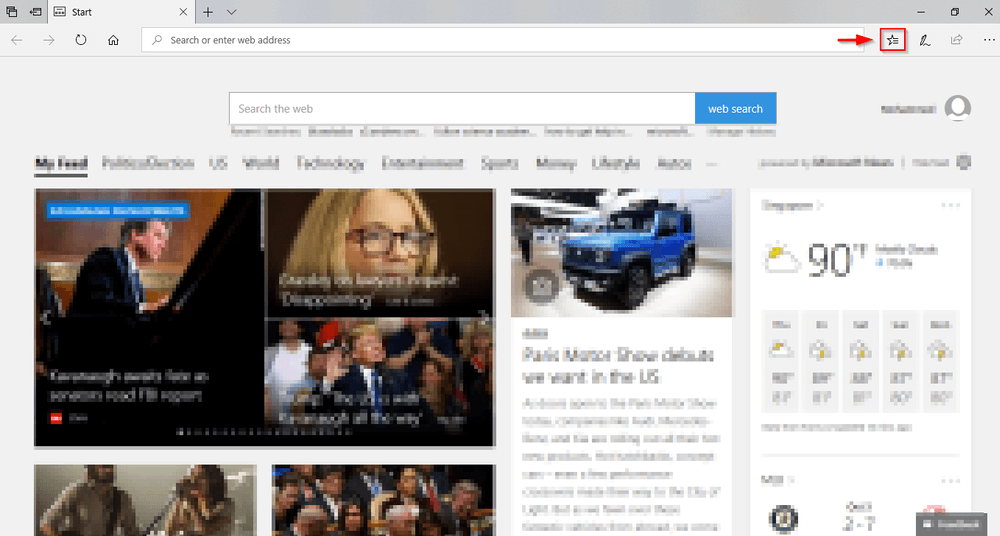
Step 2: Select History on the left side, then click Clear History on the top.
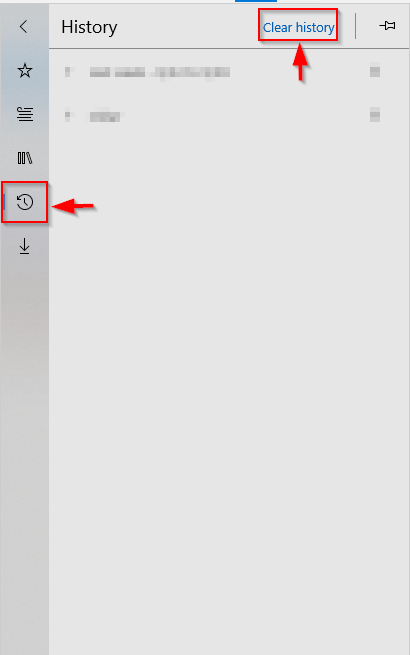
Step 3: Select which forms of browsing data you wish to clear, such as Browsing History, Download History, Form Data etc. Then, click Clear.
Note: If you want Microsoft Edge to clear your browsing history every time you leave the application, press the slider below “Always clear this when I close the browser.” This can be helpful if Windows is slow and you visit many websites during each session.
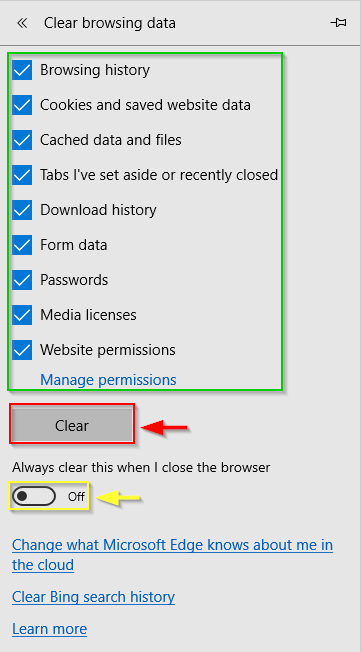
Google Chrome
Google Chrome is by far the most popular web browser on Windows PCs. The process of deleting browsing data is very straightforward, as outlined below.
Step 1: Open the Google Chrome browser. Click the icon with the three vertical dots in the upper-right corner. Select History. Then select History again. Alternatively, once you open Google Chrome, select Ctrl + H.
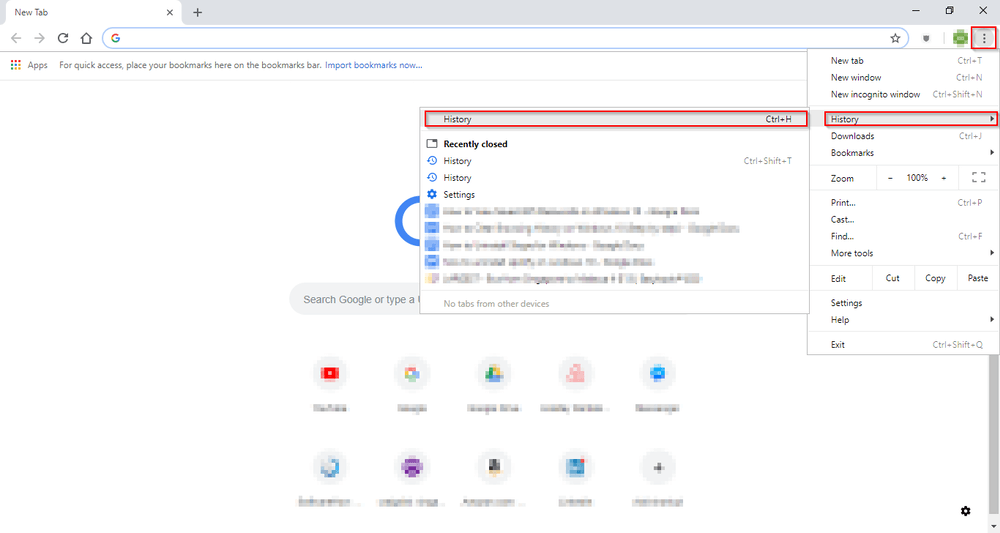
Step 2: Once you do that, the following Window will appear. Click Clear Browsing Data.
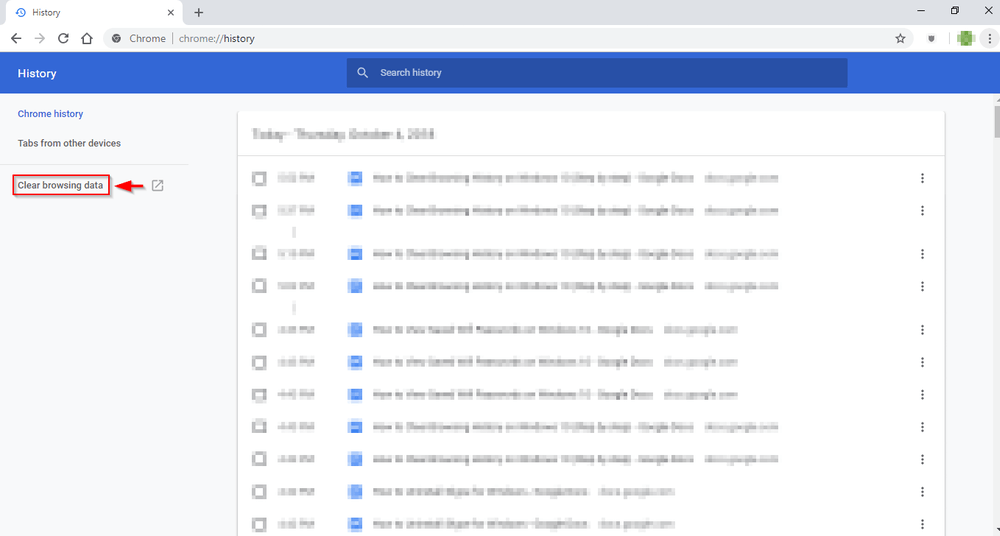
Step 3: Once the pop-up appears, click Clear Data. You can also use Advanced options to select the time range and types of data to be cleared. Once you hit Clear Data, everything you selected will be cleared.
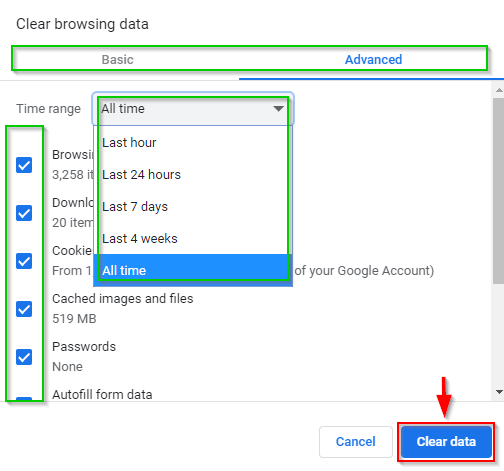
Mozilla Firefox
The procedure for deleting browsing history in Mozilla Firefox is similar to Microsoft Edge.
Step 1: Open Firefox. Click the icon on the top-right which resembles a stack of books.
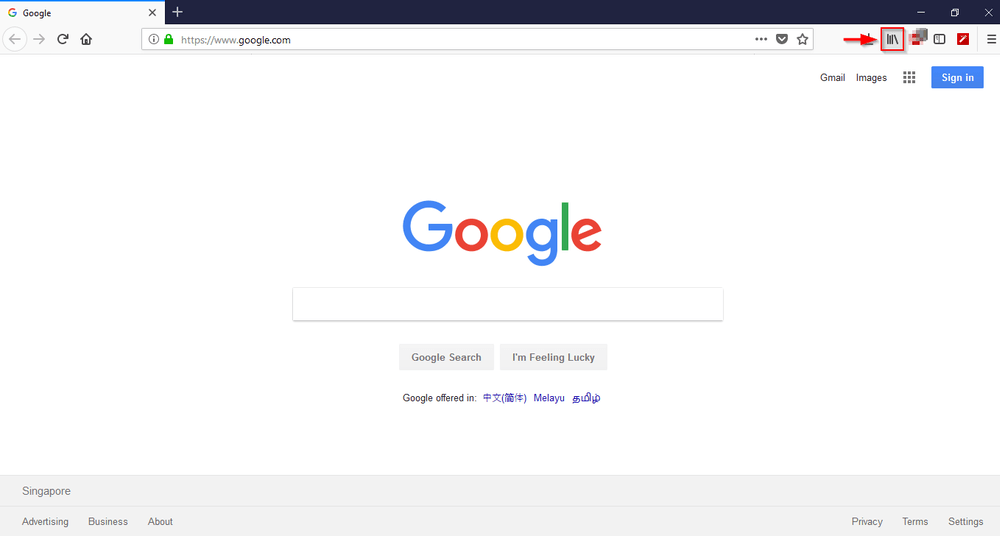
Step 2: Select History.
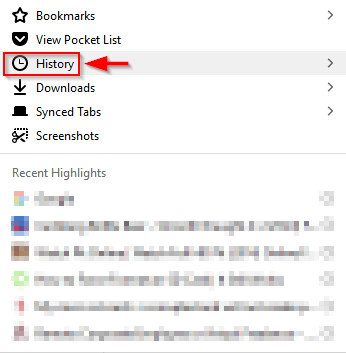
Step 3: Click Clear Recent History.

Step 4: Select the time range and type of data you wish to clear. Then click Clear Now.
Additional Tips
Another way to safeguard your browsing experience from cookies and ensure your browser does not save your browsing history is to use Private browsing in Mozilla Firefox and Microsoft Edge or Incognito mode in Google Chrome.
This is especially convenient if you tend to forget to clear your browsing history on a shared computer. Using private mode has many benefits such as not saving information entered in forms, not saving cookies, and automatically deleting browsing history.
All of this makes it more difficult for websites to track you. It also ensures you don’t accidentally stay logged in to a website after closing the browser.
Microsoft Edge: InPrivate Mode
Open up Microsoft Edge, then click on the icon in the top-right corner. Next, click New InPrivate Window. A new window will open.
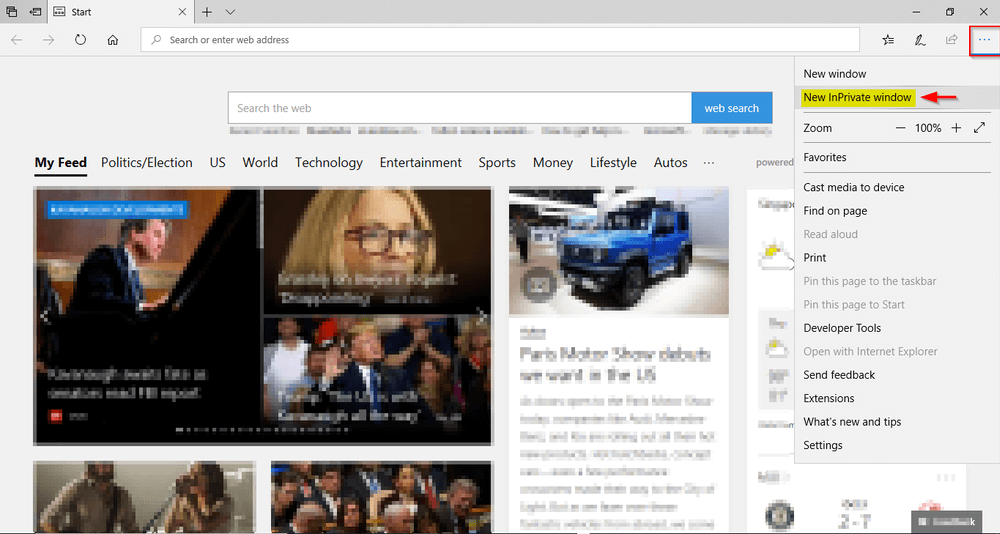
Google Chrome: Incognito Mode
Open Google Chrome. Click the icon in the top-right corner. Click New Incognito Window. Alternatively, you can enter Ctrl + Shift + N.
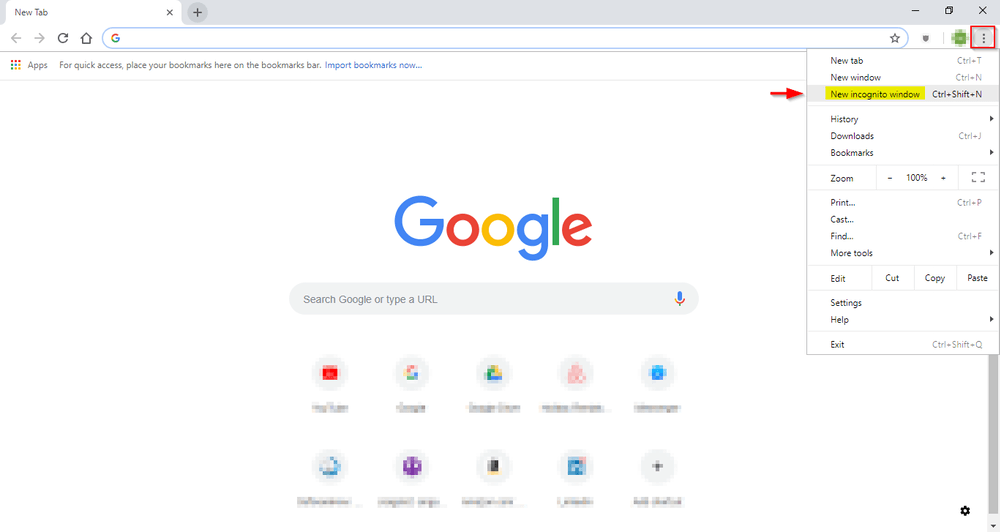
Mozilla Firefox: Private Mode
Open Firefox. Click the icon on the top-right of the Window. Then click New Private Window. Alternatively, you can enter Ctrl + Shift + P.
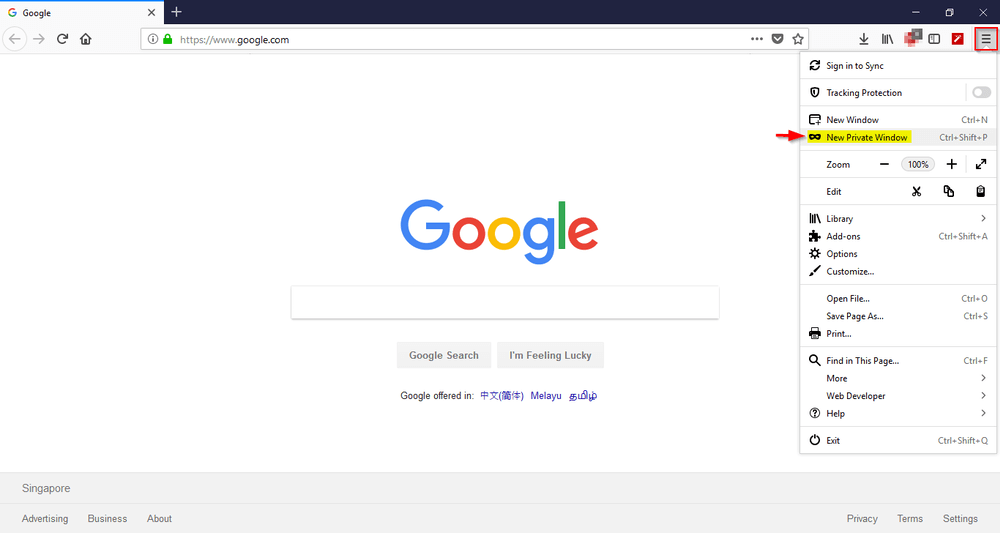
How to Automatically Delete Browsing History on Windows
You can also choose to have your browser automatically clear browsing data. I showed you earlier how to do this for Microsoft Edge. I’ll show you how to do the same for Firefox and Google Chrome below as well as how to access the Private modes on all three browsers.
Edge
Step 1: Open Microsoft Edge. Then, select the Hub icon on the top right. It resembles a shooting star. Then select History on the left side, then click Clear History on the top.
Step 2: Press the slider below “Always clear this when I close the browser.”

Chrome
Follow the steps as shown in the images below.
Step 1: Open up the Menu on Google Chrome. Click Settings.
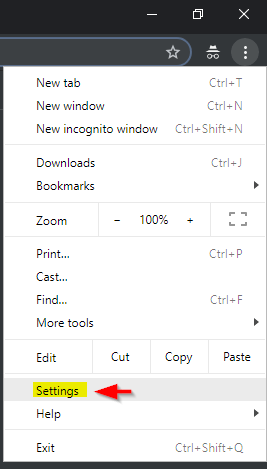
Step 2: Click on the drop-down at the bottom of the page that says Advanced.
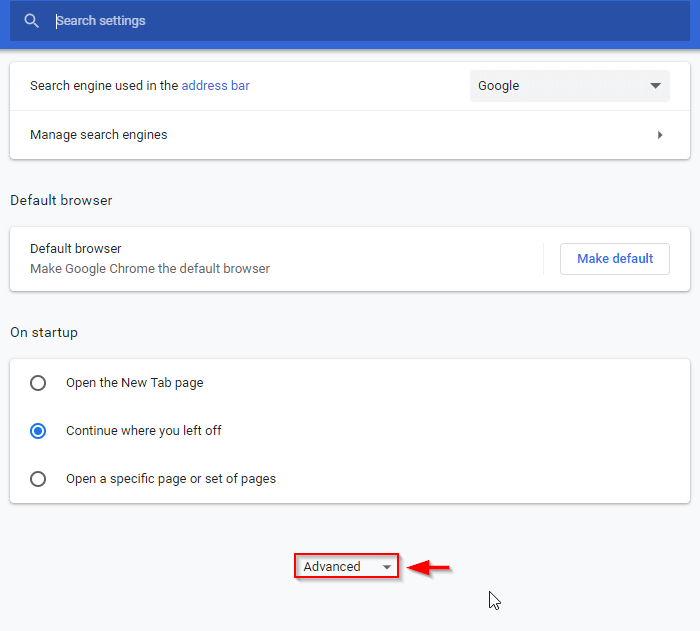
Step 3: Click on Content settings.
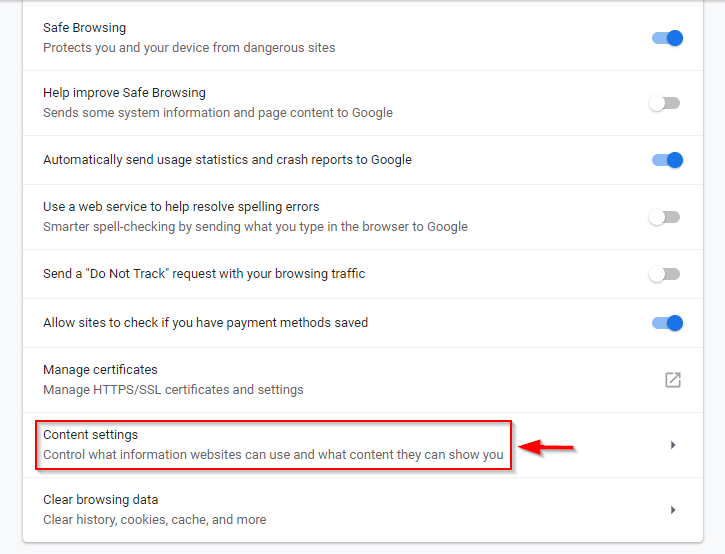
Step 4: Select Cookies.
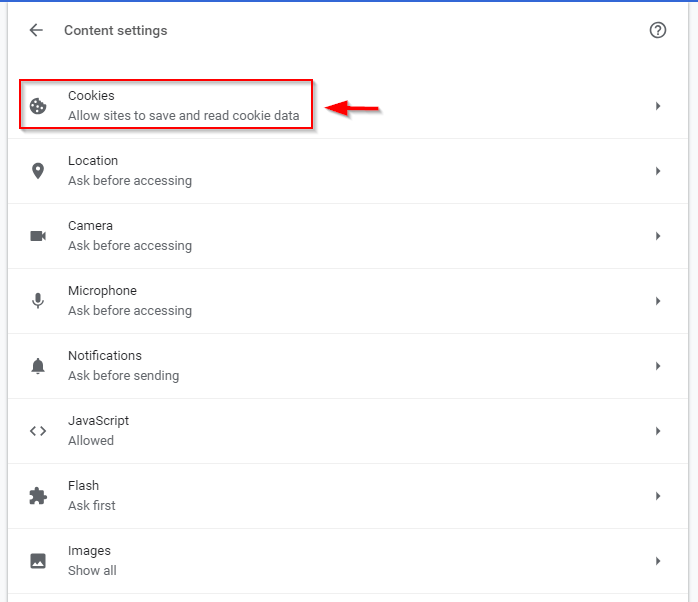
Step 5: Click the slider to the right of Keep local data only until you quit browser so that it turns blue.
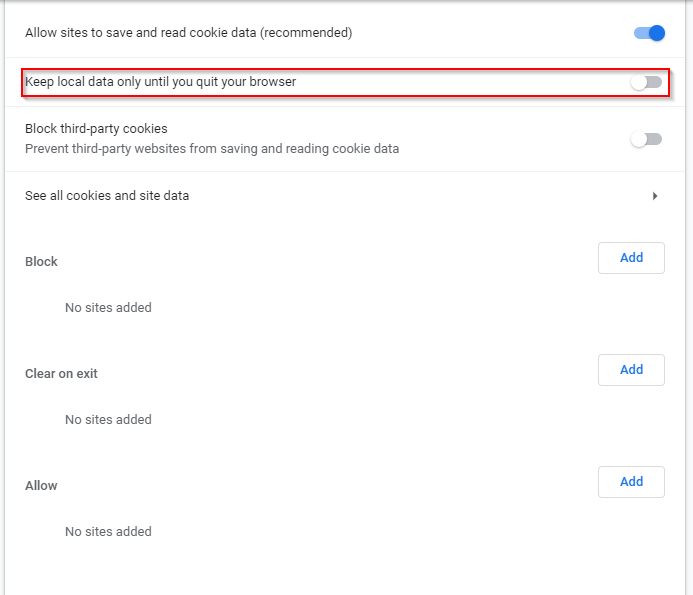
Firefox
Follow the steps shown in the images below.
Step 1: Open the Menu in Firefox and select Options.
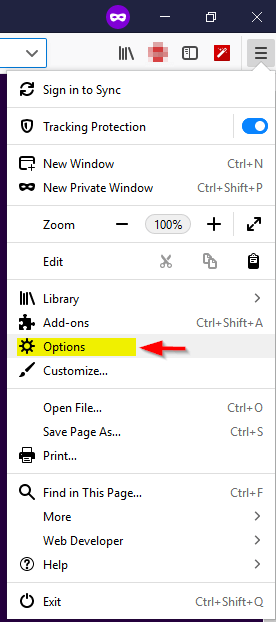
Step 2: Go to Privacy & Security. Then click the drop-down under History. Select Use custom settings for history.
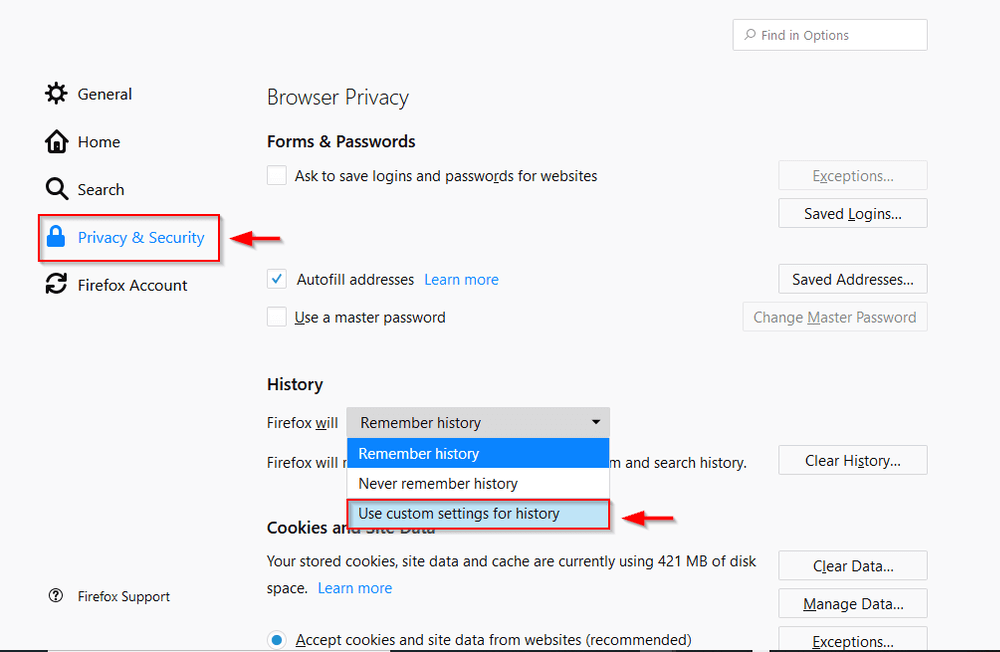
Step 3: Check Clear history when Firefox closes.
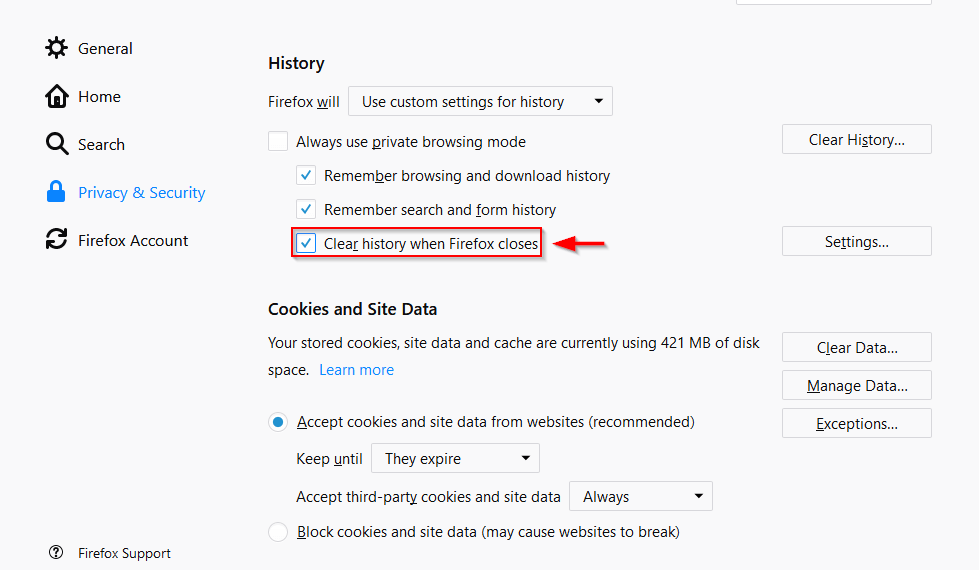
Final Words
Hopefully, you were able to successfully clear your browsing data on Windows. You may find it useful to just use Incognito mode, as the cache is useful in quickly loading websites you frequently visit.
You’ll also find your browsing history useful for finding certain pages, articles, or videos you’ve viewed in the past that you may have forgotten how to find. Make your choice wisely!

but how do i remove all searches from all websites i visit and not only web browsers? easy to remove all searches from chrome. ie, etc but what about all the pervious searches that still keep showing up in search bars on all websites i visit?